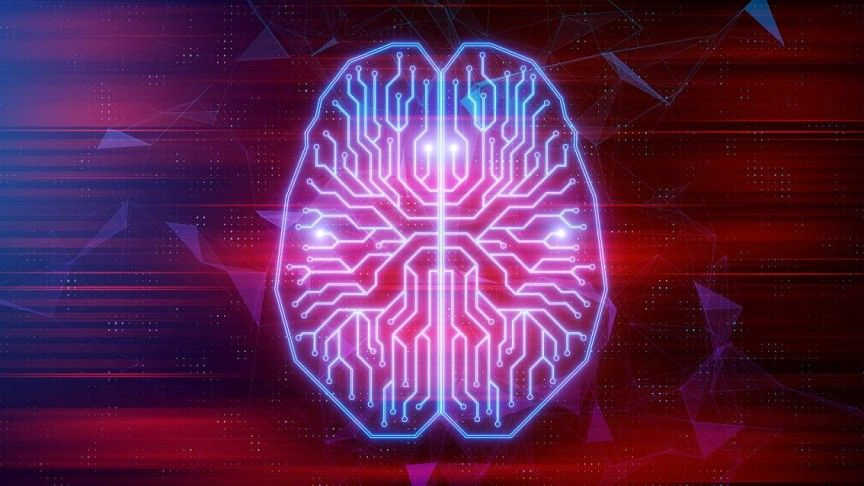Archive for the ‘computing’ category: Page 624
Jun 5, 2019
The Quatron Transistor
Posted by Richard Christophr Saragoza in categories: computing, engineering, particle physics, quantum physics
Atomic BECs were first achieved in 1995. Although it has become easier to realize atomic BECs since their discovery, they still require very low temperatures for operation. For most purposes, this is too expensive and impractical. Alternatively, negatively charged quatrons are quasi-particles composed of a hole and three electrons which form a stable BEC when coupled to light in triple quantum layer structures in semiconductor microcavities. This allows for both the greater experimental control found in quantum optics, and the benefits of matter wave systems, such as superconductivity and coherence. Moreover, due to the extremely small effective mass of the quasi-particles, quatrons can be used to achieve superconducting BECs at room temperature.
The Create the Future Design Contest was launched in 2002 by the publishers of NASA Tech Briefs magazine to help stimulate and reward engineering innovation. The annual event has attracted more than 8,000 product design ideas from engineers, entrepreneurs, and students worldwide.
Jun 5, 2019
Carbon nanotubes found in children’s lungs for the first time
Posted by Richard Christophr Saragoza in categories: computing, nanotechnology
By Sam Wong
Carbon nanotubes have turned up in the lungs of children living in Paris – the first time they have been detected in humans.
Incredibly strong, light and conductive, nanotubes have shown great potential in areas such as computing, clothing and healthcare technology. Nevertheless, there has been some concern over their use after mouse studies showed that injected nanotubes can cause immune reactions similar to those produced by asbestos.
Continue reading “Carbon nanotubes found in children’s lungs for the first time” »
Jun 5, 2019
3D magnetic interactions could lead to new forms of computing
Posted by Genevieve Klien in category: computing
A new form of magnetic interaction which pushes a formerly two-dimensional phenomenon into the third dimension could open up a host of exciting new possibilities for data storage and advanced computing, scientists say.
Jun 4, 2019
LEDs created from wonder material could revolutionize lighting and displays
Posted by Genevieve Klien in categories: 3D printing, computing, solar power, sustainability
In solar cells, the cheap, easy to make materials called perovskites are adept at turning photons into electricity. Now, perovskites are turning the tables, converting electrons into light with an efficiency on par with that of the commercial organic light-emitting diodes (LEDs) found in cellphones and flat screen TVs. And in a glimpse of how they might one day be harnessed, researchers reported last week in Science Advances that they’ve used a 3D printer to pattern perovskites for use in full-color displays.
“It’s a fantastic result, and quite inspirational,” says Richard Friend, a physicist at the University of Cambridge in the United Kingdom whose team created the first perovskite LED in 2014. The result raises hopes that the computer screens and giant displays of the future will consist of these cheap crystalline substances, made from common ingredients. Friend cautions, however, that the new perovskite displays aren’t yet commercially viable.
The materials in current semiconductor LEDs, including the organic versions, require processing at high temperatures in vacuum chambers to ensure the resulting semiconductors are pristine. By contrast, perovskites can be prepared simply by mixing their chemical components in solution at room temperature. Only a brief heat treatment is needed to crystallize them. And even though the perovskite crystals end up with imperfections, these defects typically don’t destroy the materials’ ability to emit light.
Continue reading “LEDs created from wonder material could revolutionize lighting and displays” »
Jun 4, 2019
Mini antimatter accelerator could rival the likes of the Large Hadron Collider
Posted by Quinn Sena in categories: computing, cosmology, particle physics, transportation
Researchers have found a way to accelerate antimatter in a 1000x smaller space than current accelerators, boosting the science of exotic particles.
The new method could be used to probe more mysteries of physics, like the properties of the Higgs boson and the nature of dark matter and dark energy, and provide more sensitive testing of aircraft and computer chips.
The method has been modelled using the properties of existing lasers, with experiments planned soon. If proven, the technology could allow many more labs around the world to conduct antimatter acceleration experiments.
Continue reading “Mini antimatter accelerator could rival the likes of the Large Hadron Collider” »
Jun 3, 2019
Why Quantum Computing Requires Quantum Cryptography
Posted by Quinn Sena in categories: computing, encryption, internet, quantum physics
Quantum computing is cool, but you know what would be extra awesome — a quantum internet. In fact if we want the first we’ll need the latter. And the first step to the quantum internet is quantum cryptography.
Aired: 05/31/19
Jun 3, 2019
Quantum leaps are real – and now we can control them
Posted by Quinn Sena in categories: computing, quantum physics
Quantum leaps are generally assumed to be instantaneous, but researchers have figured out how to intercept them midway, which may be useful in quantum computing.
Jun 3, 2019
Detection of dead body underwater
Posted by Quinn Sena in categories: biotech/medical, computing
Learn more about image processing, human body detection, image processing under water, underwater vision system Computer Vision Toolbox.
Jun 2, 2019
Smart pedestrian crossing system forgoes buttons for cameras
Posted by Quinn Sena in categories: computing, electronics
Starting at the end of next year, some of Vienna’s walk-light push-buttons will be disappearing from the city’s pedestrian crossings. Instead, a new system will be trialled, that uses cameras and computers to visually detect when people wish to cross the road.


















